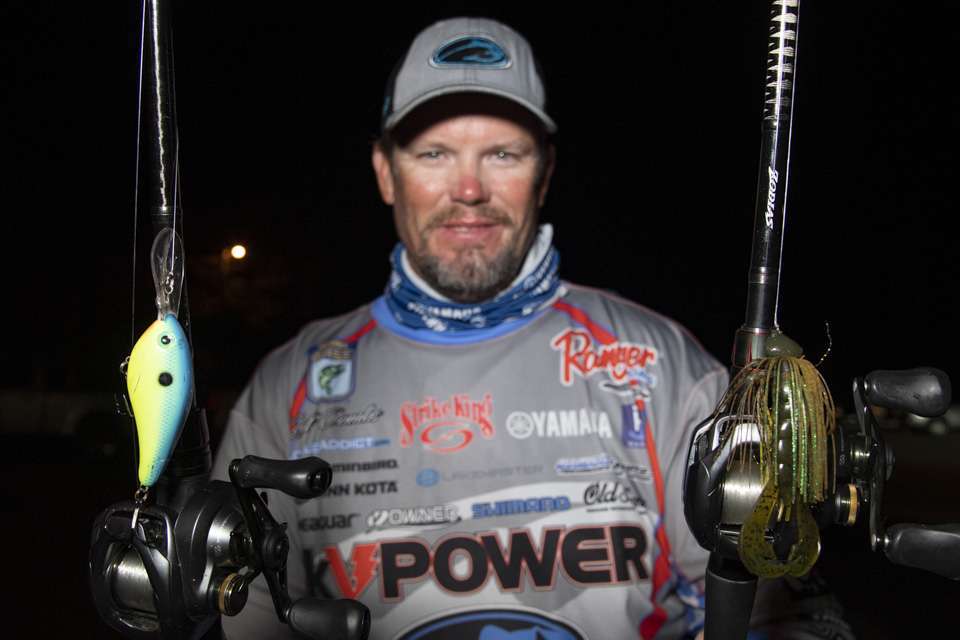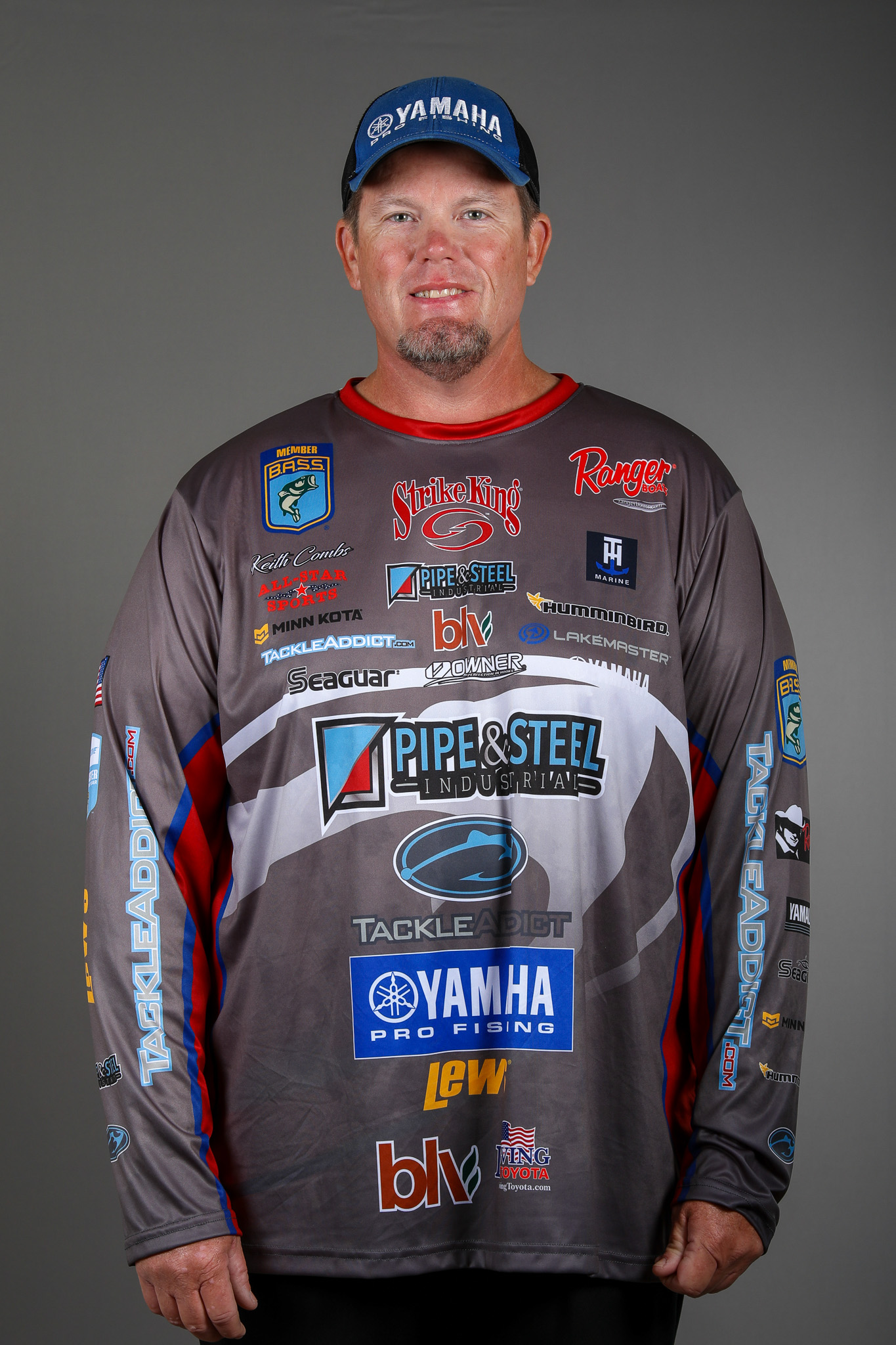
After returning from the Northern Swing, I had the opportunity to fish a Basspro.com Central Bassmaster Open on my home lake of Sam Rayburn, my first Open in over six years. I finished fourth and feel like I was in position to win, but the weights were better than I expected, with multiple 25- to 27-pound bags that you don’t normally see this time of year.
Of course, anglers come to the events with all sorts of goals. There are some local working guys who want to take a week off from work and get a chance to compete against the best of the best. There are also up-and-coming anglers who are trying to make a name for themselves and qualify for the Classic. Those anglers are 100% focused on winning, and that makes them deadly. There are also anglers who are trying to make it to the Elite Series, and they need to remain consistent. All of that adds up to a stacked field.
Despite the quality of the anglers, the full-time guys and veterans have something of an advantage in that we’ve learned what to expect. We know that in a field of 200-plus boats, you have to treat the lake differently. I did my damage in one area the first day and then didn’t return. The key was to have enough new water, particularly things that others wouldn’t find.
Rayburn is a big lake that swallows up a lot of boats, but with no off-limits period, the obvious stuff is going to get hit early and often. If it looks good on the map, you pretty much have to write it off because it will get found – and not just by one or two other guys. It’s going to get hammered.
I found early in practice that the bigger fish were set up on wood cover. A lot of my competition focused on brush piles, so I looked for offshore laydowns and isolated stumps with big root systems that I felt wouldn’t be so easy to target. Some of them I knew from before, and others I found during practice.
Another factor in the Opens that we don’t have to consider on the Bassmaster Elite Series is the presence of co-anglers. Over the course of my career, I really haven’t had many problems with co-anglers, but there’s no question that they can change the dynamic of your approach. It definitely helps if you find a way to work together. The guys I had at Rayburn not only bought into this approach, but they were also good anglers so it paid off. I told them that I’d be moving around a lot and hitting isolated targets, but that each stump or laydown was probably on a ledge or a channel bend. They could fish something like a Carolina Rig and mop up the fish that I missed.
While I cranked, my Day 1 co-angler fished a jig, and his three-fish limit of 15 pounds led the tournament. On the last day, my co did the same thing. He fished the water that he had and jumped up from fifth place to win the tournament. They both exercised great etiquette and made the most of what they had. Typically, if you try to compete with your pro you are going to struggle – he has the best angle and the first chance to hit the target – but there is often another way to excel. It’s a game within the game.
I’m not a big believer in fishing momentum. When you have bad tournaments you have to forget about them, and when you have good tournaments it’s too easy to rest on your laurels. By taking each tournament as it comes, that’s when I perform best. Nevertheless, I’m glad that I had a chance to fish the Rayburn Open, and I’m proud of my finish. It forced me to address a familiar body of water in a new way and got me excited for the four remaining Elite Series events.





